Permaculture in a troubling location?
Redwood_Violet
21 years ago
Related Stories
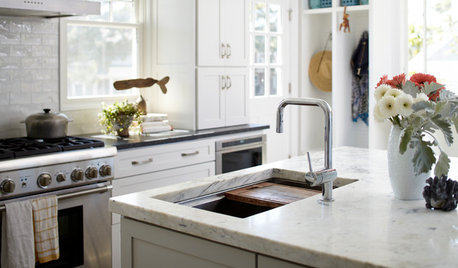
KITCHEN DESIGNKitchen of the Week: Double Trouble and a Happy Ending
Burst pipes result in back-to-back kitchen renovations. The second time around, this interior designer gets her kitchen just right
Full Story
HOUSEKEEPINGWhat's That Sound? 9 Home Noises and How to Fix Them
Bumps and thumps might be driving you crazy, but they also might mean big trouble. We give you the lowdown and which pro to call for help
Full Story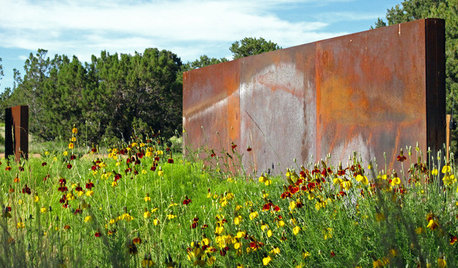
GARDENING GUIDESGreat Design Plant: Ratibida Columnifera
A shortgrass prairie native wildflower fit for pollinators and dry trouble spots offers benefits all year long
Full Story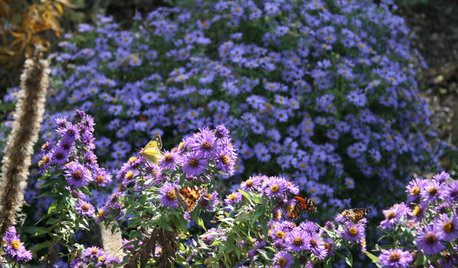
FLOWERS15 Native Flowers That Attract Butterflies
By picking plants from this list that are right for your location, you’ll get colorful blooms and support pretty pollinators
Full Story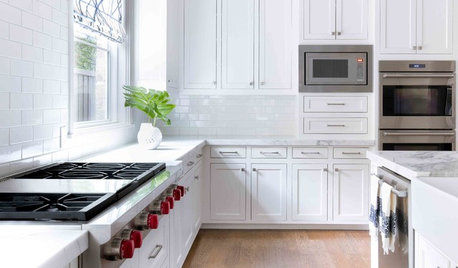
KITCHEN APPLIANCES9 Places to Put the Microwave in Your Kitchen
See the pros and cons of locating your microwave above, below and beyond the counter
Full Story
FIREPLACESDesign Workshop: Smart Ways to Store Wood Outdoors
Consider size, location, protection, air circulation and, of course, style for storing your firewood
Full Story
INSPIRING GARDENSFrom Concrete Lot to Gracious Organic Garden in Seattle
Plants, pests and even weeds have a place in this landscape, which offers an edible bounty and a feast for the eyes
Full Story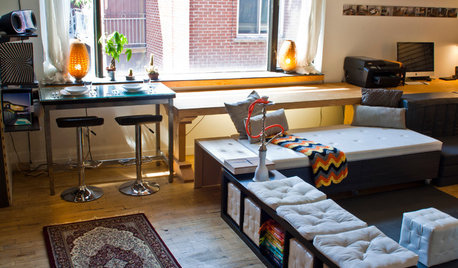
HOUZZ TOURSMy Houzz: Ultimate Live-Work Space Adapts to the Needs of the Day
Incredibly flexible and playful to boot, this 720-square-foot Montreal apartment and office expresses its creative side
Full Story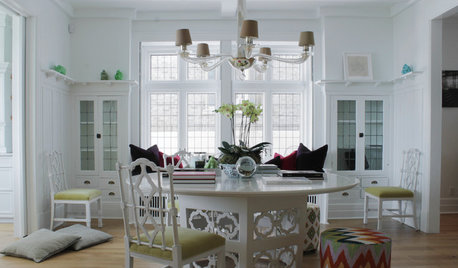
HOUZZ TOURSMy Houzz: Going White and Bright in Montreal
White lacquer and wider doorways help create an airer backdrop for colorful contemporary art in a 1910 Arts and Crafts home
Full Story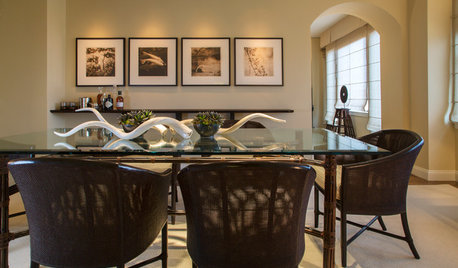
DECORATING GUIDESMy Houzz: A Tranquil Place on a Busy Street
An interior designer helps a couple transform their urban apartment in bustling San Francisco into a home
Full StorySponsored






Belgianpup
reg_pnw7
Related Professionals
Benbrook Landscape Architects & Landscape Designers · Hyattsville Landscape Architects & Landscape Designers · Bound Brook Landscape Contractors · Canton Landscape Contractors · Cerritos Landscape Contractors · Fort Mill Landscape Contractors · Fountain Valley Landscape Contractors · Fuquay-Varina Landscape Contractors · Haverhill Landscape Contractors · Richmond Landscape Contractors · Shaker Heights Landscape Contractors · Stallings Landscape Contractors · Lincoln Siding & Exteriors · Greenville Siding & Exteriors · Simpsonville Siding & ExteriorsPam_H
Redwood_VioletOriginal Author
drasaid
mike_stubbs
seraphima
Belgianpup
ken_mce
Nancy Nichols